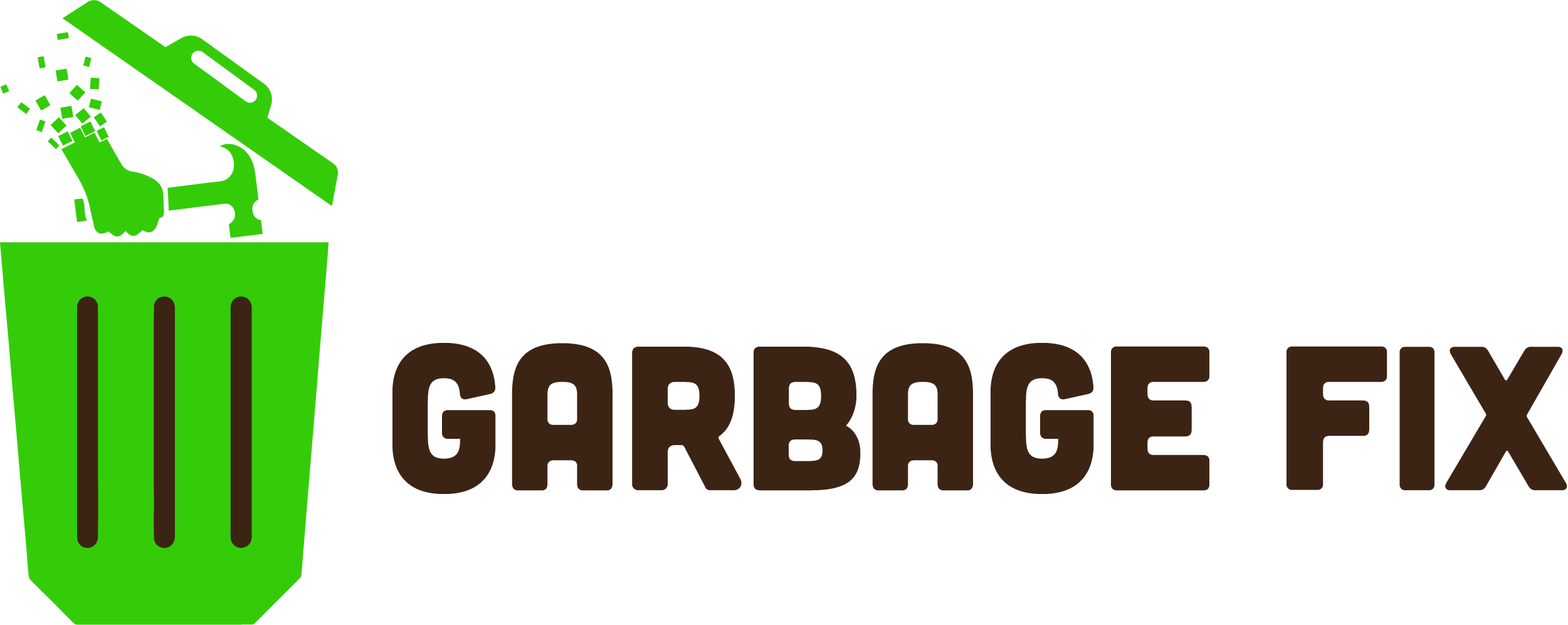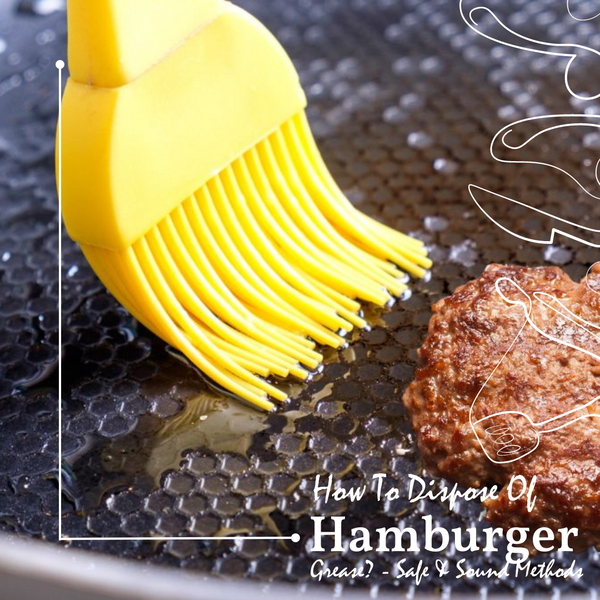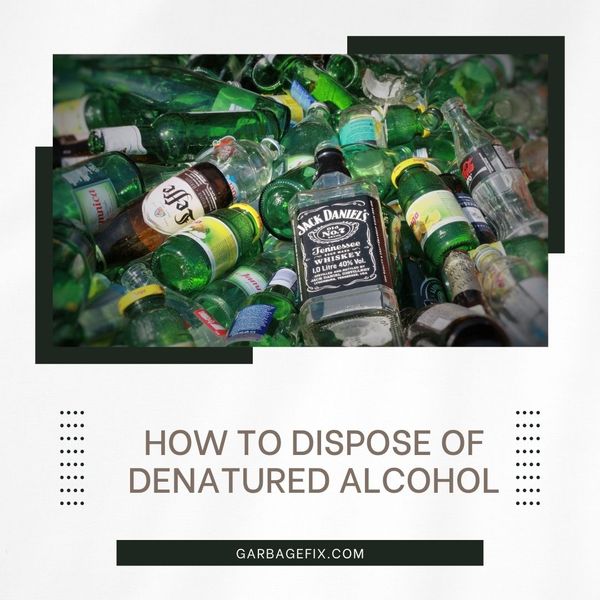The risks, and how often you should use your garbage disposal would be better. Your kitchen sink may not drain water as efficiently as it should drain. The sink might not drain at all, or the sink only drains when the garbage disposal Is on.
If you experience this, you should be aware that it's a certain indicator that your plumbing is blocked. Where is that obstruction now, and how do you get rid of it? Please read further.
Sink Draining Issues - Possible Causes
Many things could cause your sink drain to get clogged. But if a double-basin sink is only clogged on the side with the garbage disposal, the garbage disposal could be to blame. Here are some common ways garbage disposal can clog a drain:

- The eggshells or the grounds from coffee, banana, or potato peels
- So that all your trash goes down the drain, your garbage disposal must have water running through it. If water isn't flowing down your drain, ground debris will accumulate and potentially plug it.
- Common waste products include eggshells, coffee grounds, banana peels, and potato skins that can cause clogs. Even if you use enough water to flush, these things might cause your drain to get clogged. If you don't want problems with your drainage, put these things in your compost bin or trash.
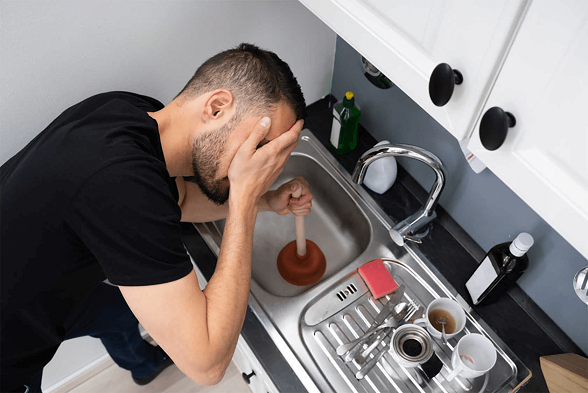
The Risks Associated With A Slow Drain
Risk Of Flooding Your Kitchen
While it is clogged, you won't be able to use that basin or your whole sink to wash dishes, your hands, or anything else.
If you don't spot a blockage right away, you run the risk of flooding your kitchen. Keeping your drains in good shape can prevent water damage in your kitchen and house. Unfortunately, many things can cause drains to get clogged.
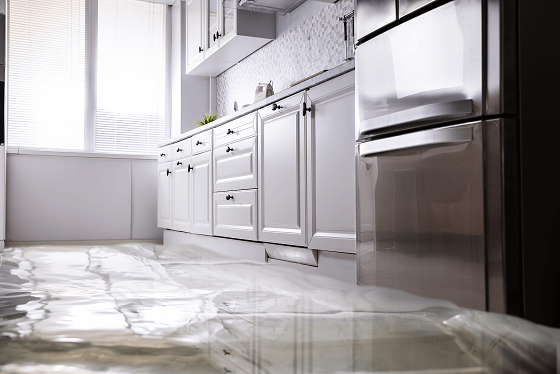
Garbage Disposal Failure
Suppose you're worried about your septic system or garbage disposal. In that case, a blockage could put pressure on it over time and stop it from working right. If your disposal isn't adequately grinding up materials, stop using them.
Find a local repair firm to help you identify the clog's root cause and collaborate with you to avoid further obstruction.
The Sink Drains Sometimes - All Solutions
To fix a sink that won't drain until the garbage disposal is switched on, you should first figure out the actual cause.
Seeds and other hard things cause most blockages. Follow these steps if the sink with the garbage disposal doesn't drain. If you need to, finish each step before moving on to the next.
First, check inside the drain trap to see any clogs. What people write there would shock you. You name it. I've seen keys, wallets, engagement rings, and even chopsticks.
Sink Drain Is Lower Than Garbage Disposal Drain
Ensure that the drain from the garbage disposal is not higher than the drain out of the wall. If so, it needs to be raised.
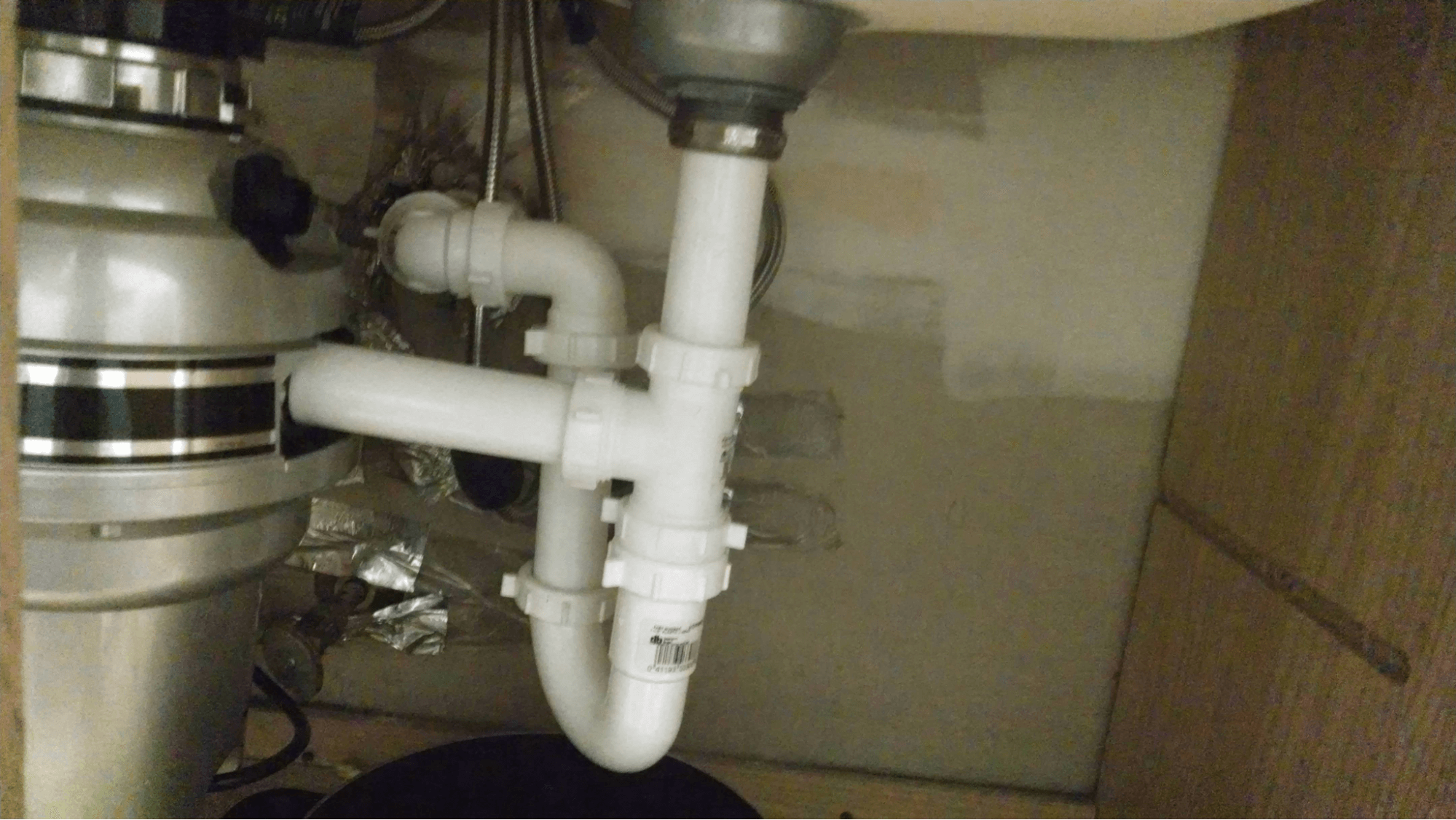
Cleaning Simple Clog (Running Water)
Run the water and repeatedly switch on and off the trash disposal. The spinning blades create a vortex that pulls water past the appliance and into the drain pipe. It might clear up a little clog.
Use Of A Standard Garbage Disposal (Allen Wrench)
Use an Allen wrench to turn the wrench hole in the flywheel. It is at the bottom of the machine. Check to see if turning the wrench in either direction makes it easy to move. It is a manual way to get rid of the trash
Using Broomstick Or A Wooden Spoon
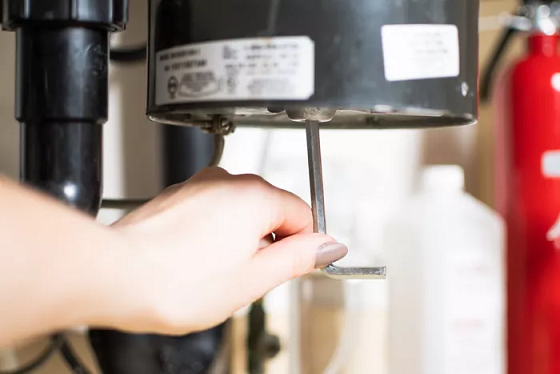
If the bottom of your model doesn't have a wrench hole, you can do the same with holding the end of a broomstick or a wooden spoon. Put the broomstick down the drain and hold it tight against the impellers. You are turning the other way around.
Drain The Line With A Snake
If you turn on the garbage disposal, the drain is clogged, and you see a vortex in the water. Check that the drain line of the disposal is clear and free-flowing.
How well does the sink over there drain? If not, the line has to be emptied with a snake. If the drains are clear, there could be a problem with how the disposal works.
Replace The Vent
Housing laws say that a pipe on the appliance that lets air in must be connected to a hose that lets water out. It is also known as a vent or an air inlet pipe. If the dishwasher doesn't empty, you might need to change the vent. This part doesn't cost much.
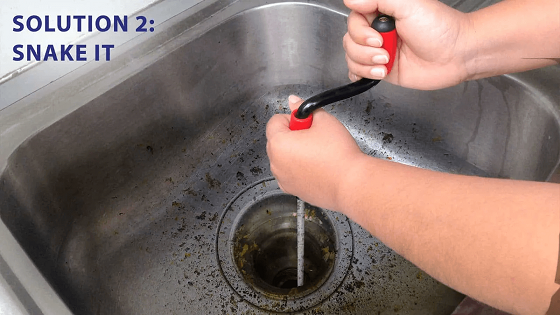
Recommendations
It might be hard to understand how to get rid of the trash. I was scared of the object after I dropped a fork down the drain in the kitchen.
Make sure that your kids don't take the word "trash disposal" in a literal way. If you don't, you might call a plumber more often than you need to.
Mistakes made by people often cause most drainage problems. To keep the appliance secure and functioning properly, abide by the "Dos" and "Don'ts" given below.
Do's
- Use only cold water when you use the garbage disposal. Let the water run for another 15 seconds after it grinds.
- Slowly put things down the drain of the kitchen sink.
- Run the garbage disposal often to eliminate any food scraps that might be building up in the chamber. It will prevent the chamber from getting full.
- Grind some ice to clean the inside of the disposal.
- Cover the drain when the disposal is not in use to keep things from falling in.
- You can clean the disposal with the rinds of citrus fruits. To get rid of odors, use baking soda.
- If it gets stuck, turn it off right away to keep the motor from getting hurt.
Don'ts
- Let the trash pile up at the garbage disposal.
- Grease should go down the drain.
- Artichokes, asparagus, and carrots all have tough parts that need to be ground up.
- Pasta, rice, potatoes, and other starchy foods should be thrown away in the sink.
- Grind anything hard or sharp, like big bones, seeds, or coffee grounds.
- Reach inside with your hands to clear a clog.
- Pour chemicals or drain cleaners with much power into the disposal.
Conclusion
The best way to keep it from getting clogged is to run water down the drain while using the garbage disposal. After you turn on the water and grind your trash, the water should flow for at least 30 seconds. It will make sure there is enough water to flush and prevent clogs.
Your disposal can also be in great shape with a small piece of lemon peel or some ice cubes. If you use these things often, you can crush them to keep your disposal running smoothly and help keep them from getting clogged.
